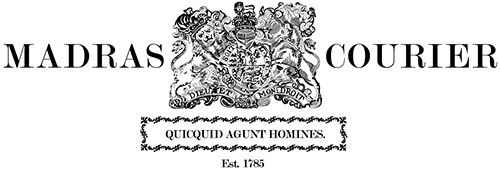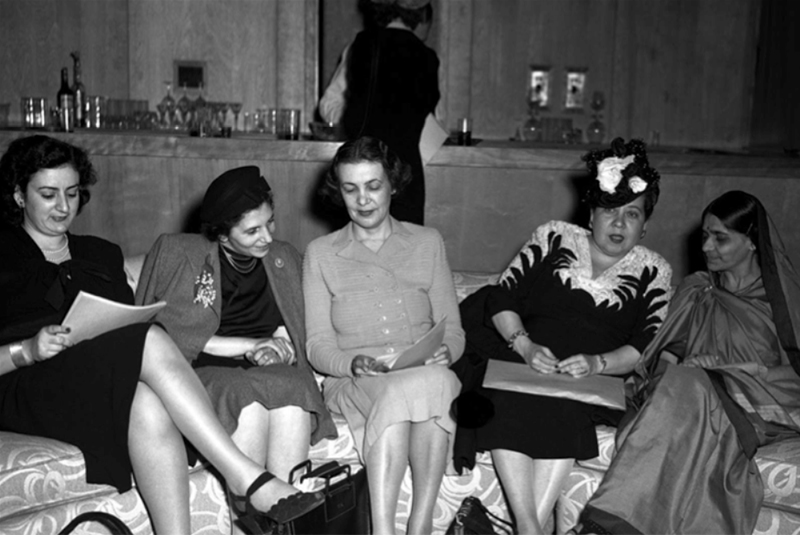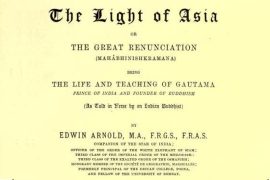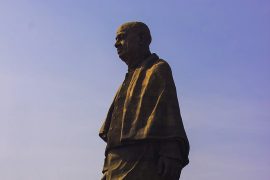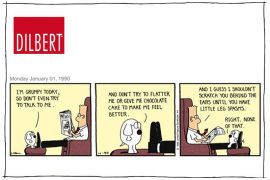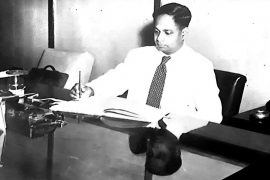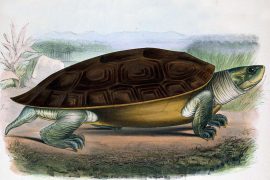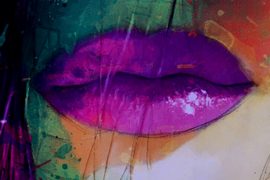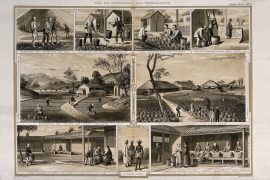In today’s world marred by conflicts, inequality, mass displacement and instances of gross human rights violations, the relevance of human rights as a concept, a practical goal, and even hope for many has only increased. Ever since the adoption of the Universal Declaration of Human Rights, nearly 70 years ago, it has served as a guiding force behind many international laws, politico-legal frameworks, and constitutions around the world. As a seminal document with 30 articles spanning the realm of political and civil rights and social, economic and cultural rights, the Declaration holds the Guinness World Record for the most translated document (with over 500 translations).
To commemorate this occasion, the United Nations (UN) Headquarters in New York has organised an exhibition highlighting the origins and journey of the Declaration. As I stood there, scribbling notes and clicking pictures, a host of other women – event attendees, diplomats, visitors who stopped by the same corner – joined me, eager to record the birth of this extraordinary document and consensus.
What was however different and striking about this exhibit was its acknowledgement of the contribution of eight women – some lesser-known names, especially from the non-western world, who helped shape the Declaration. Here, I provide brief glimpses — using text and data from various public sources, including the exhibit — of work and contribution of these eight women [in alphabetical order of their last names].
Copyright©Madras Courier, All Rights Reserved. You may share using our article tools. Please don't cut articles from madrascourier.com and redistribute by email, post to the web, mobile phone or social media.Please send in your feed back and comments to [email protected]
